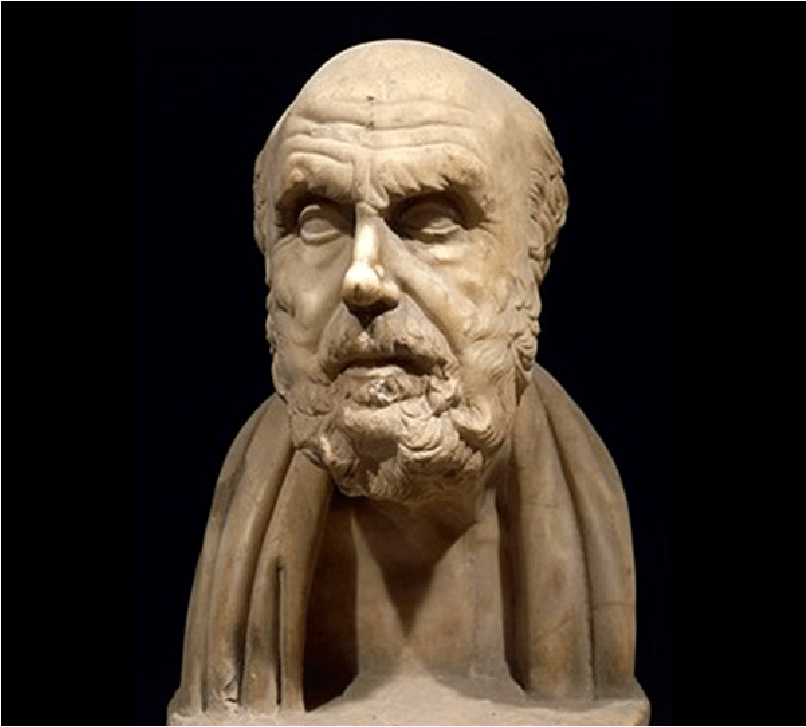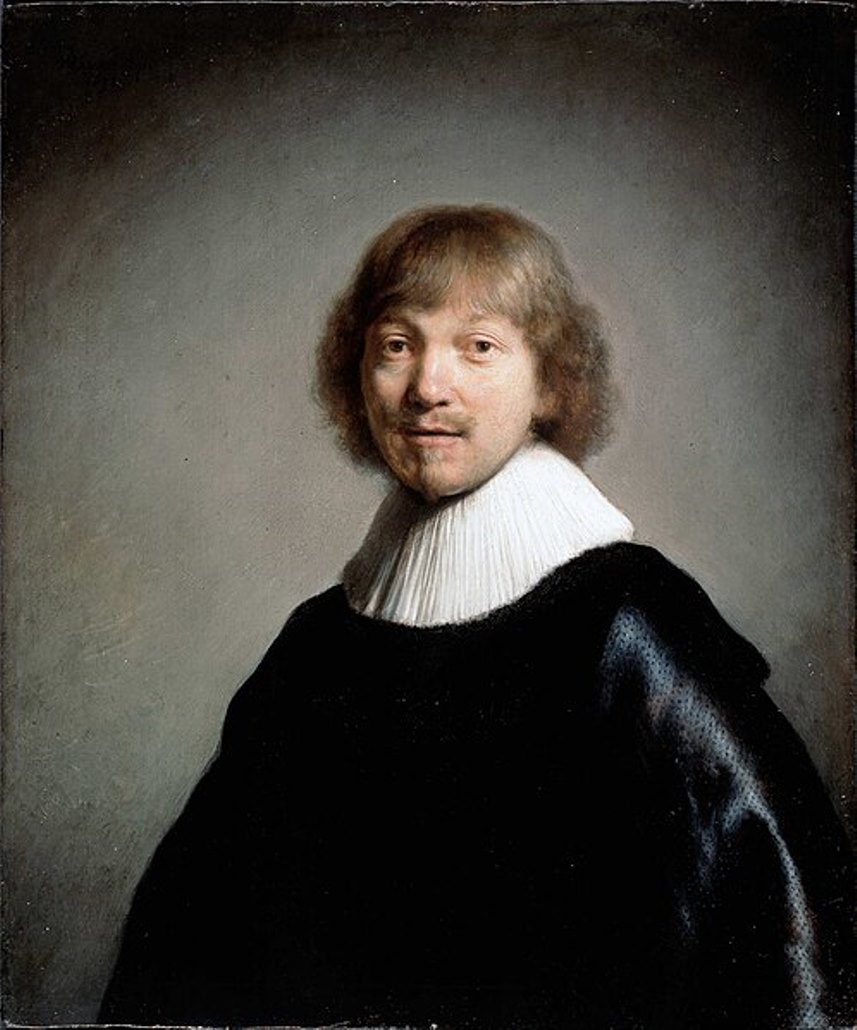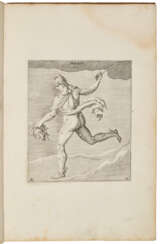jacob de gheyn iii (1596 - 1641)

Aratus Solensis was an ancient Greek didactic poet.
It is known that he was a native of the ancient city of Soli in Cilicia, and studied under the famous philosophers of his time in Ephesus, Cos and Athens. Around 276 BC, Aratus was invited to the court of the Macedonian king Antigonus II Gonatus and expounded in verse his victory over the Gauls. Here he also wrote his most famous work in modern times, the hexameter poem Phenomena, which sets forth the astronomical knowledge of the time. He then spent some time at the court of Antiochus I Soter of Syria and returned to Macedonia.
The poet's second extant poem is Diosemeia ("On the Omens of the Weather"). These two poems by Aratus were very popular in both the Greek and Roman worlds. He was translated and quoted by Ovid and Cicerone, and a translation into Arabic was made in the 9th century.
In addition to poetry, Aratus practiced medicine, grammar, and philosophy.

Jacob de Gheyn III was a Dutch artist, painter and printmaker of the Golden Age.
He was the son of Jacob de Gheyn II, canon of Utrecht, engraver and graphic artist, a favorite royal artist who designed a garden in The Hague for the royal family. And his grandfather was a miniaturist and glass painter. De Gheyn learned etching from his father, then studied in Leiden with Constantin and Maurits Huygens. Thanks to his rich inheritance, he did not bother to work. After traveling to London and Sweden in 1620, Jacob de Gheyn III lived in The Hague and then moved to Utrecht, where he became a canon of St. Mary's Church and lived until the end of his life.
Jacob de Gheyn III patronized Rembrandt, who painted a portrait of him in 1632. This portrait has become famous in modern times for being mentioned in the Guinness Book of Records as the most frequently stolen painting and even bears the nickname "Rembrandt to take away".


